THE ONLY VILLAGE COMMUNAL HOUSE KEEPS KEEP BY THE KING
Phu Xuan Communal House is currently located on Thai Phien Street (Tay Loc Ward, Hue City, Thua Thien-Hue), is the only communal house kept by the Nguyen Dynasty in the Citadel and assigned to the Ministry of Rites for annual ceremonies. The communal house currently has two main structures, of which the meeting part is a 3-room, 2-wing house, 17.8 m long and 10.6 m wide. The structure was later rebuilt but has also seriously degraded. The main communal house is located behind with a 10.5 m long and 15.9 m wide house, built in the style of "upper song, lower board"; the cross-land roads and three-way links are made of ironwood, carved with stylized flowers and leaves, and the roof is covered with tiles. This is the place to worship the tutelary god, the local god and the 7 founding families: Ho, Le, Nguyen, Huynh, Truong, Tran, Pham.
Mr. Nguyen Van Diem (87 years old, advisor to the Representative Board of Phu Xuan village, former Deputy in charge of culture and history of the village) said that the history of Phu Xuan village was recorded from the historical milestone of 1306, when King of Champa Che Man offered two Chau O and Chau Ri as dowry to marry Princess Huyen Tran of the Tran Dynasty. In 1307, King Tran Anh Tong changed the name to Chau Thuan and Chau Hoa and sent General Doan Nhu Hai to receive the land and divide the army to rule.
Mr. Nguyen Van Diem, who has many years of research on the history and culture of Phu Xuan village
When things were temporarily stable, King Tran Anh Tong ordered Grand Scholar Hoang Thai So (originally from Thuy Loi village, Son Nam Thuong town, Ha Nam ) to bring people to the South to reclaim land and establish villages. Before leaving, he recruited and received support from 7 clans including Ho, Le, Nguyen, Huynh, Truong, Tran, Pham, bringing their families and servants with him. When he reached the bank of Lo Dung river (now Huong river), he saw the green landscape, fertile land, and good feng shui, so he ordered to set up camp, establish villages, and initially named Tong Thuy Loi. Initially, Tong Thuy Loi's territory stretched from Kim Long to An Hoa, Bao Vinh, Phu Hiep, Cho Cong, An Cuu, Tu Hieu, Bach Ho and Lam Loc (on the other side of Huong river)... Later, the residents of Tong Thuy Loi built a communal house next to Huong river (now Phu Van Lau area in front of the imperial city), and changed the village name to Phu Xuan. “Phu means rich, Xuan means young, with the wish that this land will forever be young and develop in the future,” Mr. Diem explained.
YIELDING LAND TO MAKE THE CAPITAL
When the Tay Son army defeated the Nguyen army, King Quang Trung ascended the throne at Ban Mountain and still kept the name Phu Xuan. At this time, the Hue capital had not yet been built. In 1802, after defeating the Tay Son army and recapturing Phu Xuan, King Gia Long of the Nguyen Dynasty ordered the Citadel Supervisor, Mr. Nguyen Van Yen, to take charge of zoning and planning to prepare for the construction of the new capital. The King ordered the people of the Phu Xuan communes to evacuate from the area where the new capital was to be built, including temples, pagodas, shrines, etc. However, the King allowed the Phu Xuan communal house to be kept, but moved it behind the imperial citadel.
According to Mr. Huynh Viet But (70 years old, Thuan Loc Ward, currently the Deputy Standing Committee of Xuan Phu Village), it is said that when the village communal house was moved to a new location under the reign of King Minh Mang, the palanquin carrying team initially had 4 people but could not lift the altar of the village guardian spirit. The King gradually increased the number, up to 20 people, but they still could not lift the palanquin. At this time, the King had to personally come out to perform the ceremony and issue an edict that, because of the mandate of heaven, the capital had to be established on the land of the village to stabilize the country, so the village communal house had to be moved to a new location. The King promised to move the village communal house to a beautiful, highest location in the capital, to the west of the Imperial City, and immediately the 4 people carrying the palanquin lifted it up easily, Mr. But said.
The king granted Phu Xuan communal house the privilege of holding a ceremony on the 5th and 6th day of the 6th lunar month every year. After Phu Xuan village in the capital finished the ceremony, other villages were allowed to hold the autumn ceremony. According to Mr. Nguyen Van Diem, the ancestors of Phu Xuan village had great achievements and were awarded many royal decrees by the Nguyen kings (the village is currently preserving 20 royal decrees). In 1994, Phu Xuan communal house was ranked by the state as a national historical, architectural and artistic relic.
Since the construction of Hue citadel, Phu Xuan communal house was moved to the west. Photo: Le Hoai Nhan
NEVER FORGET YOUR ORIGINS
After moving the village, the king issued a decree allowing the people of Phu Xuan village to go everywhere to settle down, and wherever they went, they could establish a village named Phu Xuan to identify the people of Hue capital. Therefore, later, the west of the capital established Phu Xuan village (now in Kim Long ward); some went to the east of Bai Dau area, forming Bau Chau hamlet, Hop Pho established Phu Xuan village (now in Gia Hoi ward). The remaining part to the southeast established Phu Xuan village (now in Xuan Phu ward). Phu Xuan village near Phuoc Tich village also merged with Phuoc Tich to form Phuoc Phu cultural village (in Phong Hoa commune, Phong Dien district). Particularly in Hai Lang district (Quang Tri), there are 2 villages of Phu Xuan village origin, now in Hai Phu commune and Hai Xuan commune. Later, when the state had a new economic program, Hue people went to the Central Highlands to establish Phu Xuan villages in Lam Dong, in Krong Nang (Dak Lak)... and the majority had the origin of Phu Xuan villagers of Hue.
Mr. Nguyen Van Diem said that the greatest wish of the people of Phu Xuan village is that the appearance of the village communal house be cared for and preserved. Currently, the communal house still uses an industrial corrugated iron roof, which is degraded and dilapidated. "This is a national relic, so it is difficult for us to arbitrarily renovate it. We hope the government will pay attention to fixing it," Mr. Diem said. According to Mr. But, every year, the families originating from Phu Xuan village send representatives to attend the ceremony, but the total number of people is too large to be specifically counted. "Recently, a program to encourage education was organized to reward the children of the village. The elders are always concerned about how to make their children understand history and know their roots. Even if they are scattered in all directions, they will not forget their roots in Phu Xuan, the capital," Mr. But said.
Source: https://thanhnien.vn/lang-la-mien-trung-lang-nhuong-dat-cho-kinh-do-hue-185230524002338678.htm


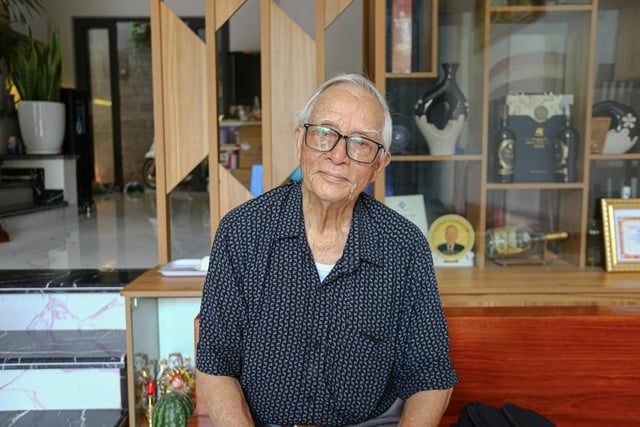
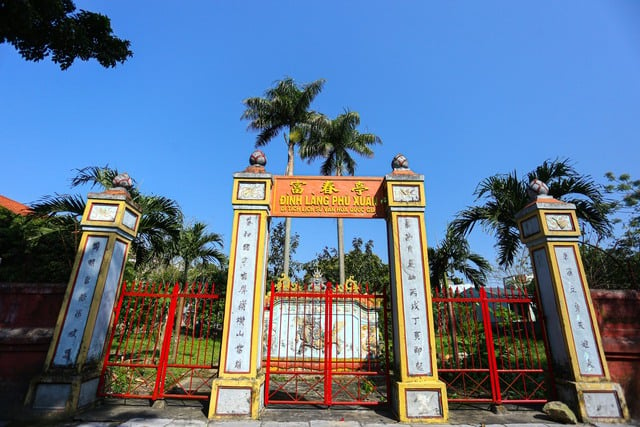


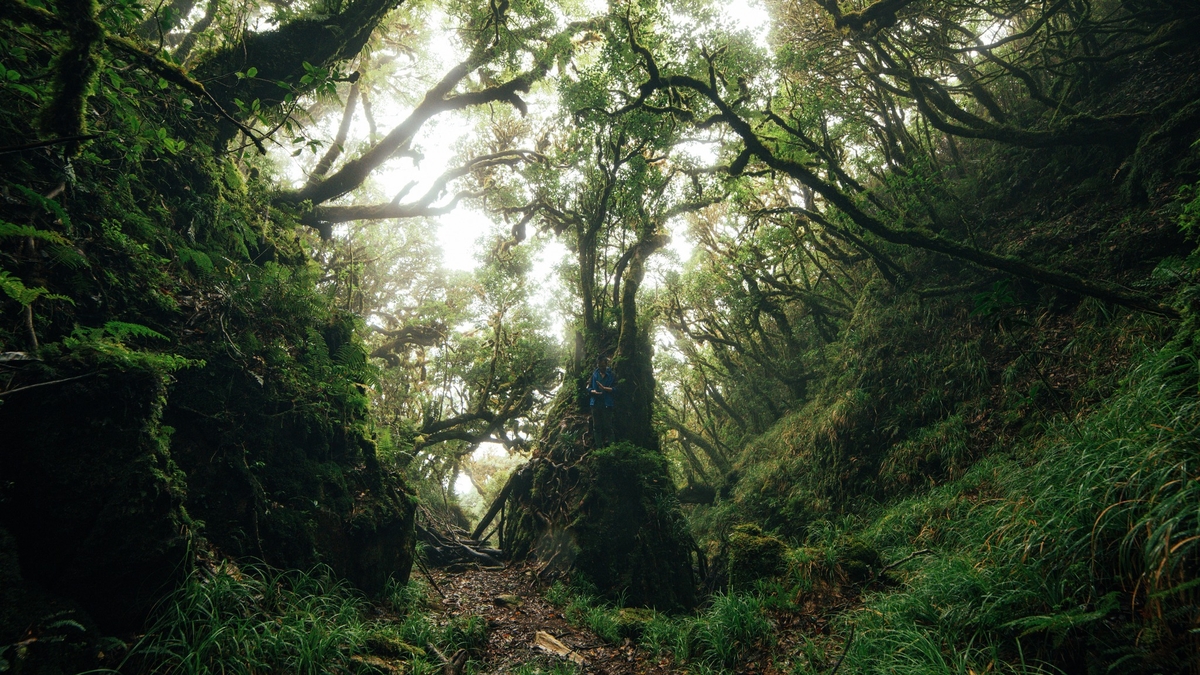
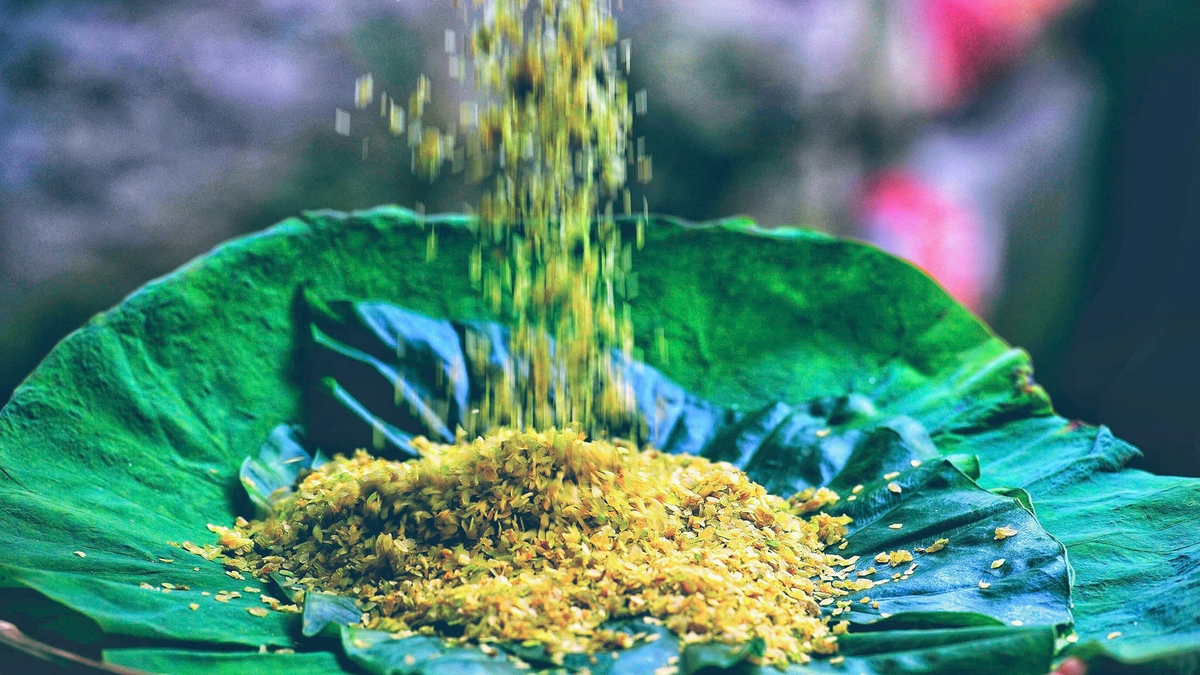
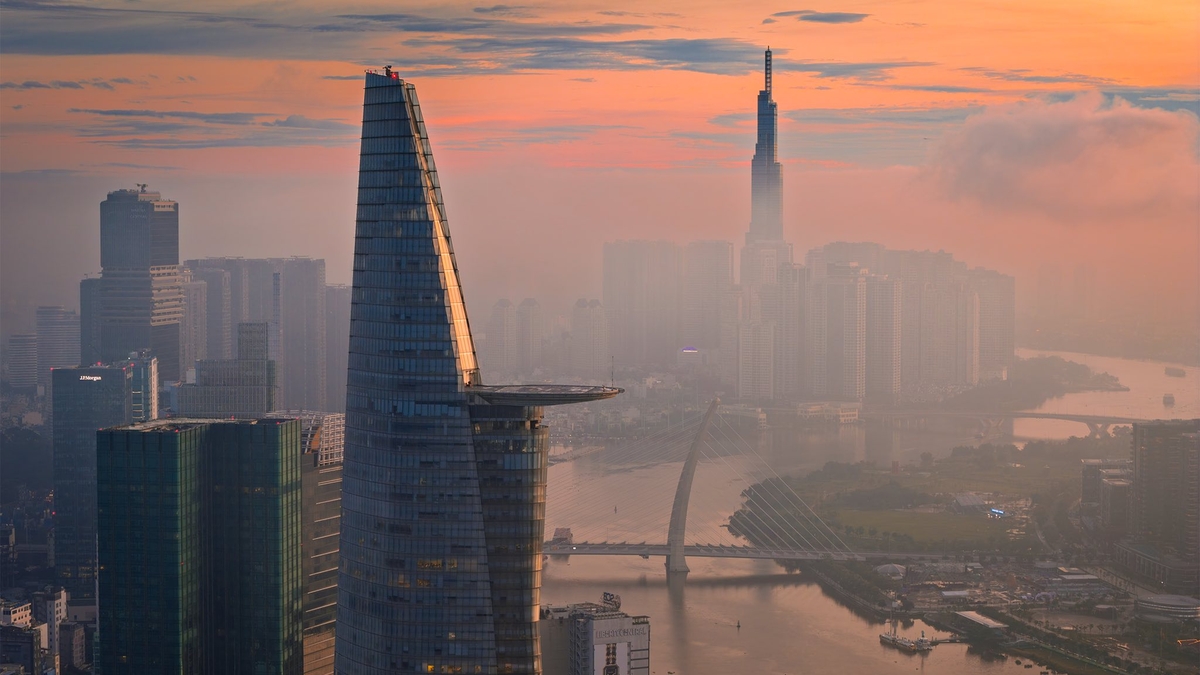
![[Photo] Solemn opening of the 1st Government Party Congress](https://vphoto.vietnam.vn/thumb/1200x675/vietnam/resource/IMAGE/2025/10/13/1760337945186_ndo_br_img-0787-jpg.webp)


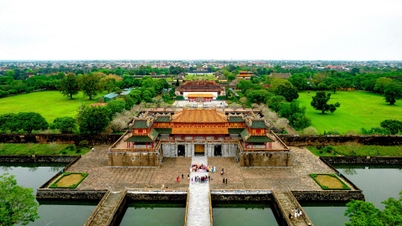

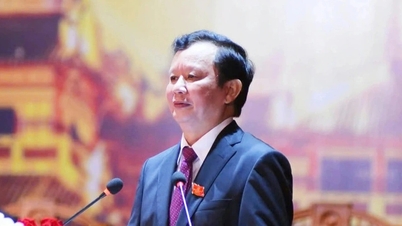






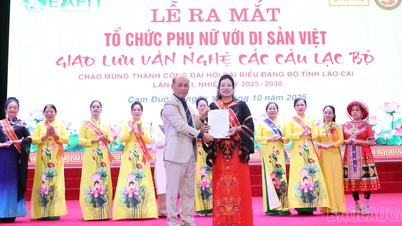

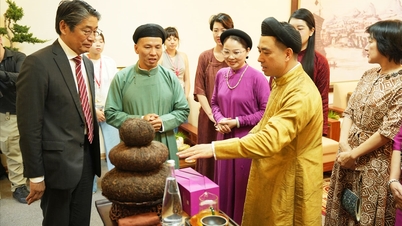

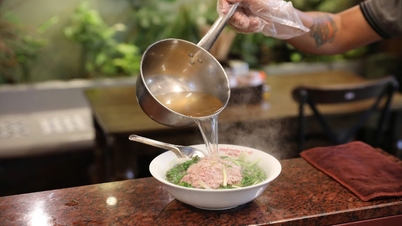



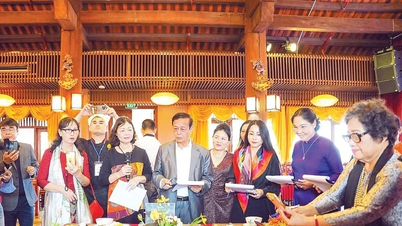

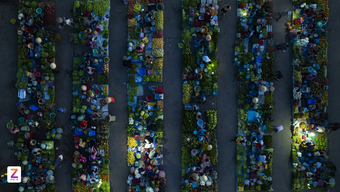


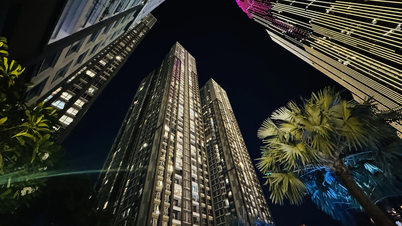

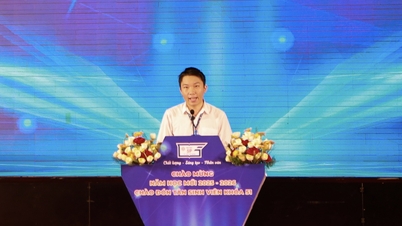

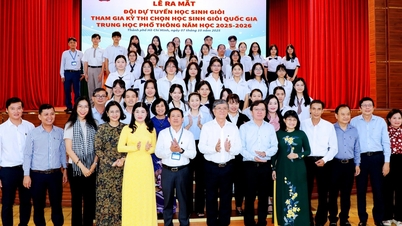

![[Photo] General Secretary To Lam attends the opening of the 1st Government Party Congress](https://vphoto.vietnam.vn/thumb/1200x675/vietnam/resource/IMAGE/2025/10/13/1760321055249_ndo_br_cover-9284-jpg.webp)


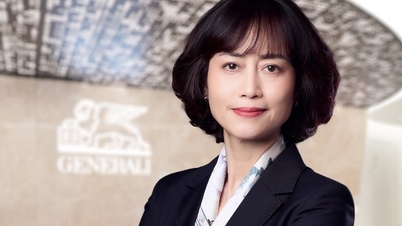

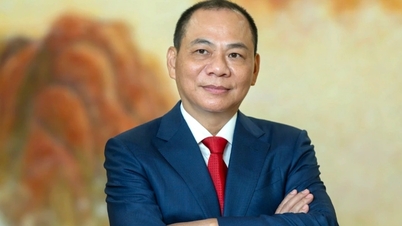


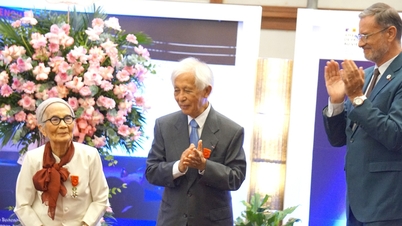





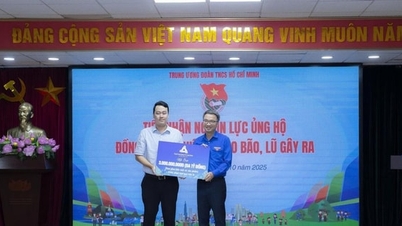

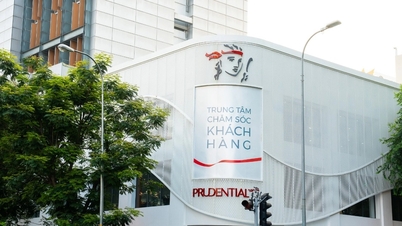
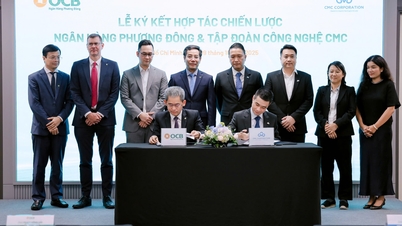


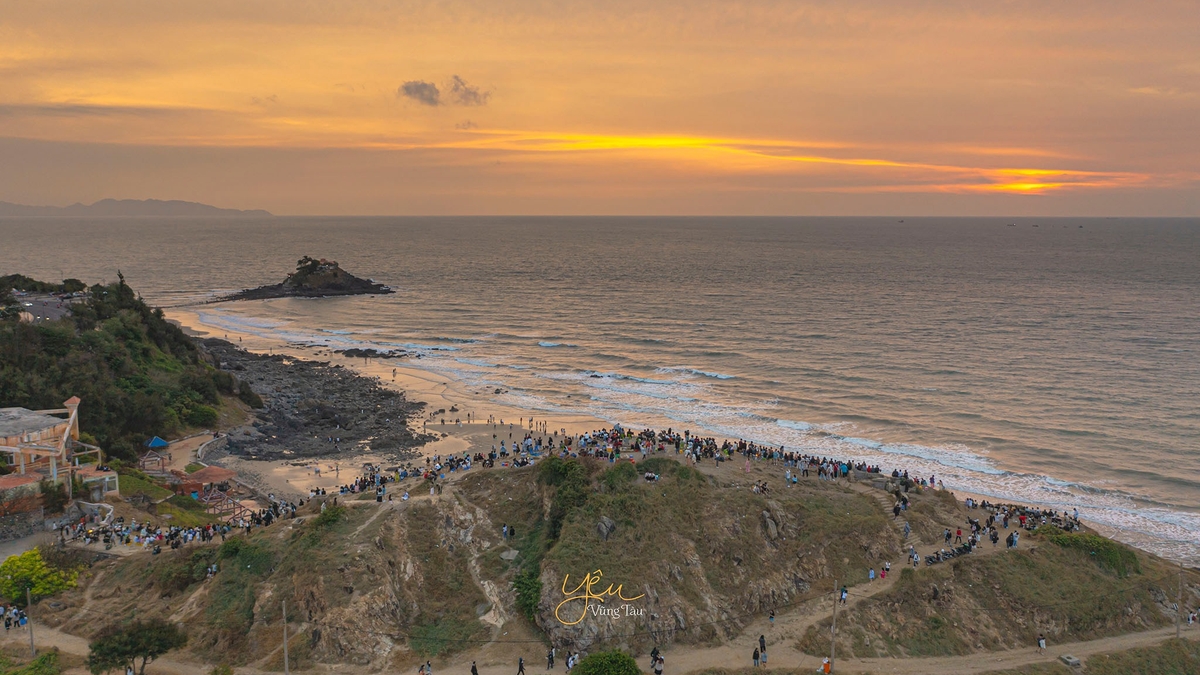







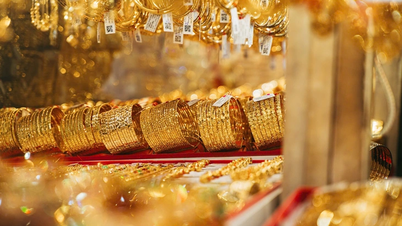



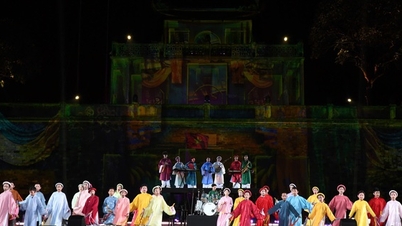
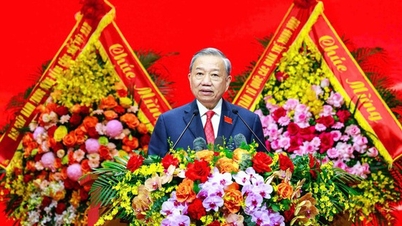

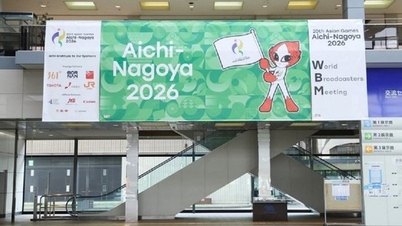


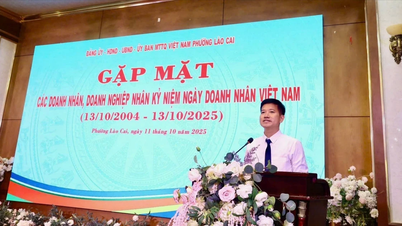
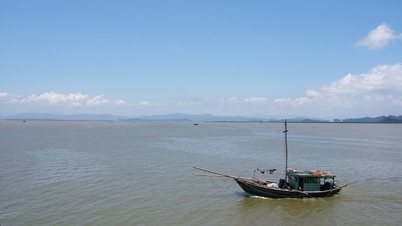

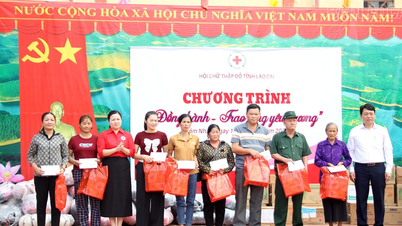




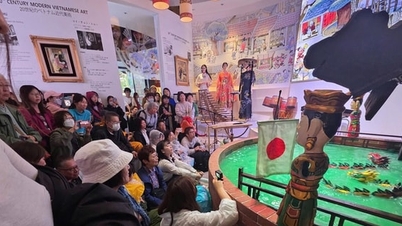


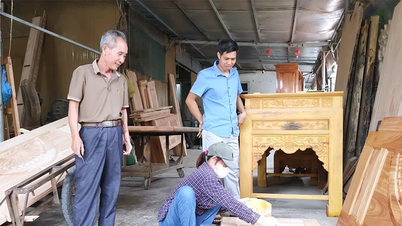










Comment (0)